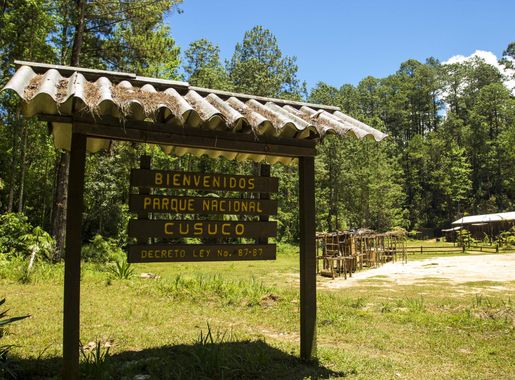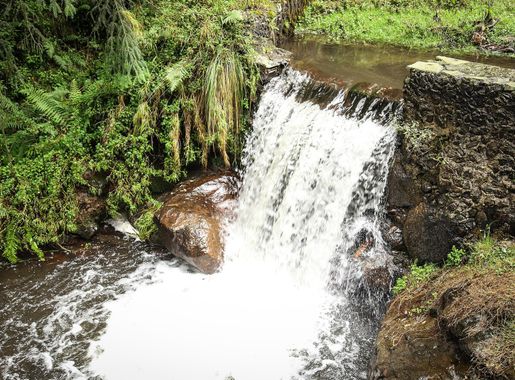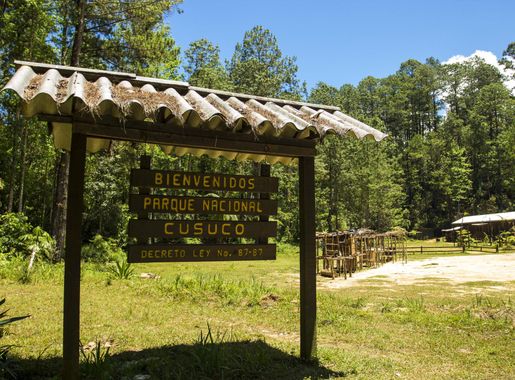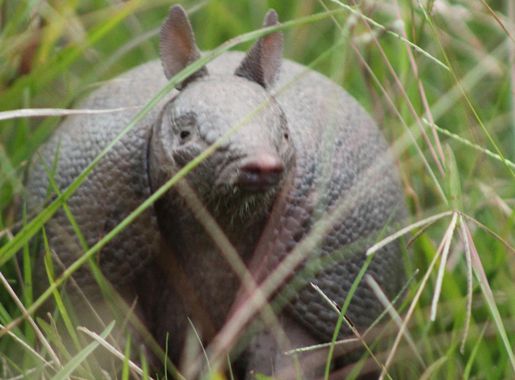
Exploring the Biodiversity of Cusuco National Park
Discover the untouched beauty and vibrant biodiversity of Cusuco National Park in Honduras, a paradise for nature lovers and adventure seekers.
Nestled in the heart of Honduras, Cusuco National Park is a hidden gem for nature enthusiasts and adventure seekers alike. This lush expanse of tropical forest is home to an incredible array of wildlife, including many species that can be found nowhere else on Earth. The park's diverse ecosystems, ranging from cloud forests to pine-oak woodlands, offer visitors a unique opportunity to experience the rich biodiversity of Central America. Hiking through Cusuco National Park's well-maintained trails, you will encounter breathtaking vistas, cascading waterfalls, and an abundance of flora and fauna. Birdwatchers will be particularly delighted, as the park is a haven for rare and colorful bird species. Keep an eye out for the resplendent quetzal, a bird of striking beauty that inhabits these forests. For those seeking a more immersive experience, guided tours are available, providing insights into the park's ecological significance and ongoing conservation efforts. The local guides, with their extensive knowledge and passion for the environment, will enhance your visit by sharing stories and facts about the park's unique inhabitants and natural features. Cusuco National Park is not just a destination for wildlife enthusiasts. It also offers opportunities for cultural engagement with local communities. You can learn about traditional practices and the sustainable ways in which the locals coexist with their environment. This cultural exchange adds a meaningful dimension to your visit, making it both enlightening and enjoyable.
Local tips in Cusuco National Park
- Wear sturdy hiking boots; trails can be steep and slippery.
- Bring a rain jacket or poncho, as the weather can be unpredictable.
- Hire a local guide for a richer, more informative experience.
- Pack insect repellent to protect yourself from mosquitoes and other insects.
- Carry sufficient water and snacks, as facilities within the park are limited.
- Visit during the dry season (March to June) for the best hiking conditions.
Exploring the Biodiversity of Cusuco National Park
Nestled in the heart of Honduras, Cusuco National Park is a hidden gem for nature enthusiasts and adventure seekers alike. This lush expanse of tropical forest is home to an incredible array of wildlife, including many species that can be found nowhere else on Earth. The park's diverse ecosystems, ranging from cloud forests to pine-oak woodlands, offer visitors a unique opportunity to experience the rich biodiversity of Central America. Hiking through Cusuco National Park's well-maintained trails, you will encounter breathtaking vistas, cascading waterfalls, and an abundance of flora and fauna. Birdwatchers will be particularly delighted, as the park is a haven for rare and colorful bird species. Keep an eye out for the resplendent quetzal, a bird of striking beauty that inhabits these forests. For those seeking a more immersive experience, guided tours are available, providing insights into the park's ecological significance and ongoing conservation efforts. The local guides, with their extensive knowledge and passion for the environment, will enhance your visit by sharing stories and facts about the park's unique inhabitants and natural features. Cusuco National Park is not just a destination for wildlife enthusiasts. It also offers opportunities for cultural engagement with local communities. You can learn about traditional practices and the sustainable ways in which the locals coexist with their environment. This cultural exchange adds a meaningful dimension to your visit, making it both enlightening and enjoyable.
When is the best time to go to Cusuco National Park?
Unmissable attractions to see
Presentación Centeno Children's Park
Experience family fun and natural beauty at Presentación Centeno Children's Park, a premier state park in San Pedro Sula, perfect for all ages.
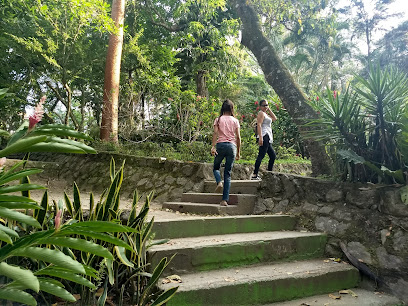
The Little Sula Children's Museum
Discover the magic of learning at The Little Sula Children's Museum, where creativity and imagination come alive for children and families alike.

Parque San Ignacio
Explore the serene Parque San Ignacio in Cortés, Honduras, a perfect blend of nature, recreation, and local culture, ideal for all visitors.
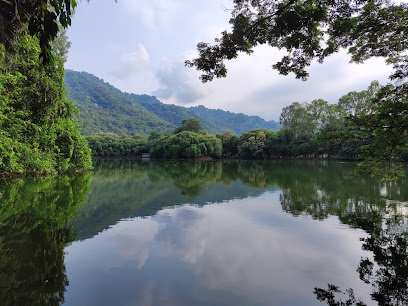
Splash Water Park
Discover the excitement of Splash Water Park in Azacualpa, Santa Bárbara - a family-friendly water park with thrilling rides and relaxing pools.
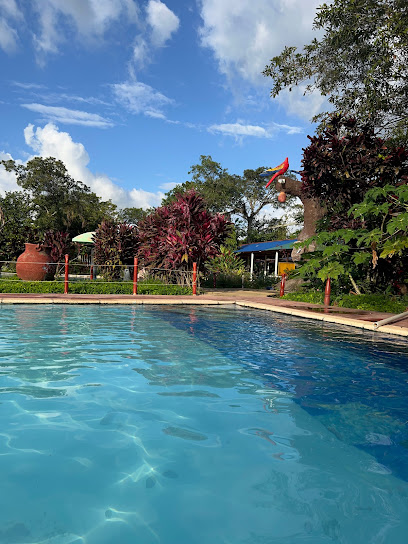
Parque Nacional Cusuco
Explore the breathtaking landscapes and rich biodiversity of Parque Nacional Cusuco, a must-visit national park in Honduras for nature enthusiasts.
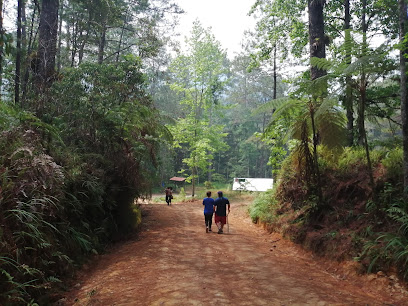
Loma de la Cruz
Explore Loma de la Cruz, a historical landmark in San Marcos, Santa Bárbara, offering stunning views and a deep connection to local culture.
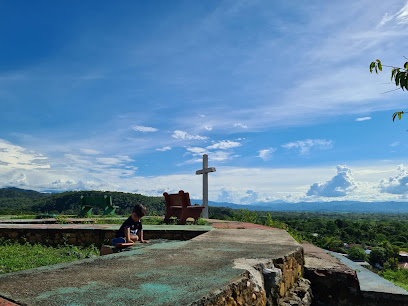
Reserva Municipal Merendon
Explore the lush landscapes and diverse wildlife of Reserva Municipal Merendon, a national forest perfect for nature lovers and adventure seekers.
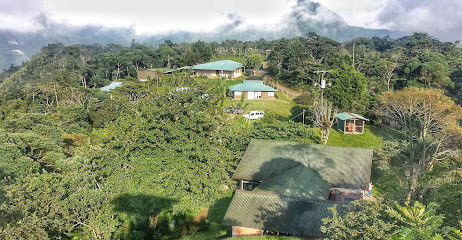
Salto de Omoa
Explore the stunning Salto de Omoa, a mesmerizing waterfall in Cortés, Honduras, perfect for nature lovers and adventure seekers.
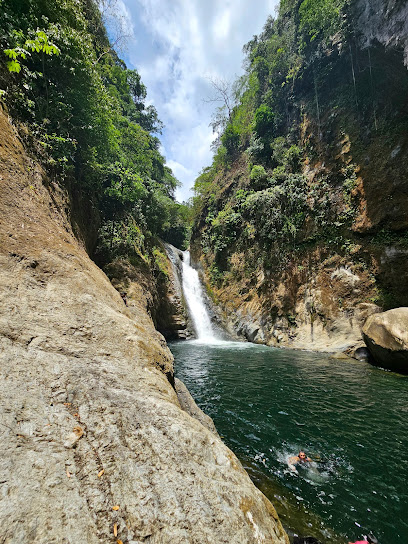
Cueva La Cocha
Explore the stunning beauty of Cueva La Cocha, a breathtaking cave system in Cortés, Honduras, offering natural wonders and rich biodiversity.
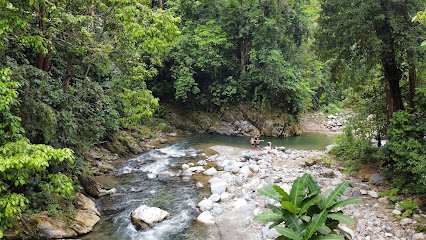
Salto de Masca
Explore Salto de Masca, a stunning waterfall in La Esperanza, Honduras, surrounded by lush nature and rich biodiversity.
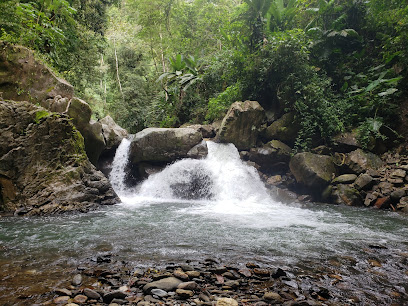
Nueva Esperanza Omoa
Experience the stunning landscapes, rich culture, and warm hospitality of Nueva Esperanza Omoa, a remarkable tourist attraction in Honduras.
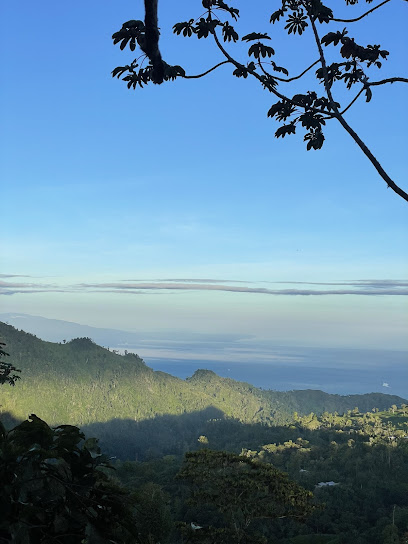
Balneario Riviera, Santa Lucía, Naco
Experience the natural beauty and tranquility of Balneario Riviera in Santa Lucía, a perfect retreat for relaxation and family fun.
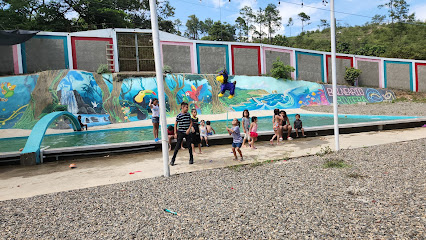
Finca Paredes
Explore the natural beauty and sustainable farming practices at Finca Paredes, a tranquil tourist attraction near San Pedro Sula, Honduras.

Finca Emanuel
Explore the serene beauty and cultural richness of Finca Emanuel in La Esperanza, Cortés, a tranquil tourist attraction in Honduras.

Las Flores
Discover the breathtaking beauty of Las Flores in Quimistan, a serene tourist attraction perfect for nature lovers and adventure seekers.

Essential places to dine
La Cumbre
Experience breathtaking views and exquisite cuisine at La Cumbre in El Hatillo - A top destination for food lovers visiting Honduras.
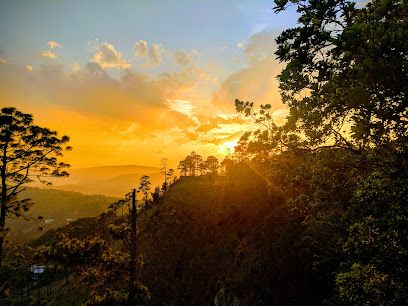
Oasis,Restaurant.Punuare
Indulge in delectable Fish & Chips at Oasis Restaurant, where every bite captures the essence of local flavors in Sector Jutiapa - Catacamas.
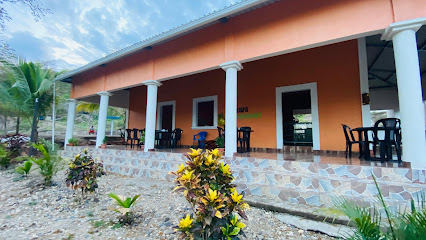
Markets, malls and hidden boutiques
Cusuco National Park
Explore the stunning landscapes and rich biodiversity of Cusuco National Park, a must-visit national park in Honduras for nature lovers and adventure seekers.
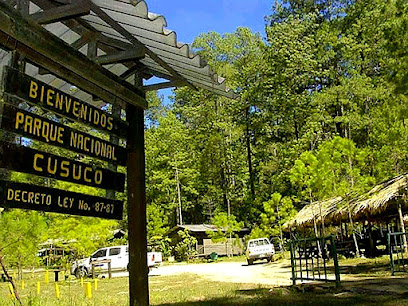
Pulpería Claudia
Explore the local flavors and vibrant culture at Pulpería Claudia, a charming grocery store in Cuyamelito, Omoa, where community meets culinary delights.
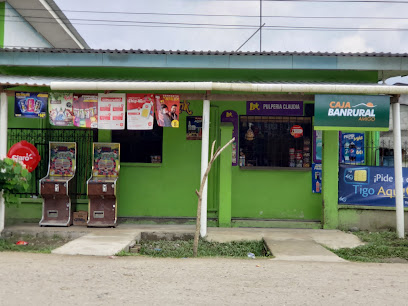
Tienda De Ropa Americana La Bendición
Explore unique American-style clothing at Tienda De Ropa Americana La Bendición in Cuyamel, Cortés, and take home a piece of your travel experience.

Pulperia ZAVALAS
Discover the vibrant local culture and shopping delights at Pulperia ZAVALAS in Cortés, a must-visit destination for every traveler.

Marbella'S Store
Discover unique clothing and authentic souvenirs at Marbella's Store, a fashion hub in the heart of Cuyamel, Cortés.

Novedades Zoe
Explore Novedades Zoe, a charming gift shop in Cuyamel, offering authentic Honduran crafts and souvenirs that celebrate local artistry.
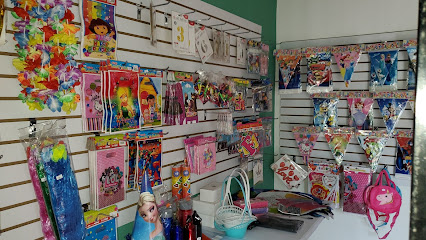
Tiendas E & M Cuyamel
Explore Tiendas E & M Cuyamel for unique gifts, local crafts, clothing, and seasonal goods in the heart of Cuyamel, Cortés.
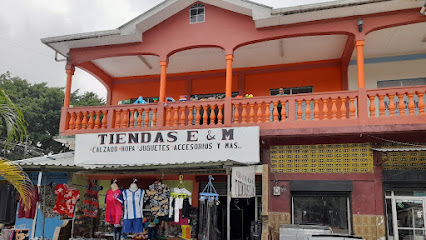
Super Barato
Experience the vibrant culture of Cortés at Super Barato, a store brimming with local treasures and unique finds.

Pulpería los crusez
Discover the authentic flavors and vibrant culture at Pulpería los Crusez in Guanales, Cortés - a hidden gem for tourists.

Banderas CC.
Explore Banderas CC in Corinto for unique local crafts and authentic Honduran souvenirs that highlight the region's vibrant culture.
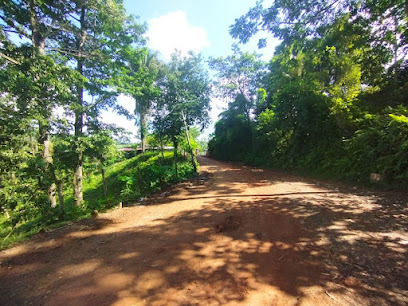
El cacao
Explore the rich heritage of Honduras at El Cacao, a vibrant store in Cortés offering unique local crafts and delicious gourmet products.

Tienda Naturista VIDA natural
Explore holistic health at Tienda Naturista VIDA Natural, your trusted source for vitamins and supplements in Cuyamel, Cortés.
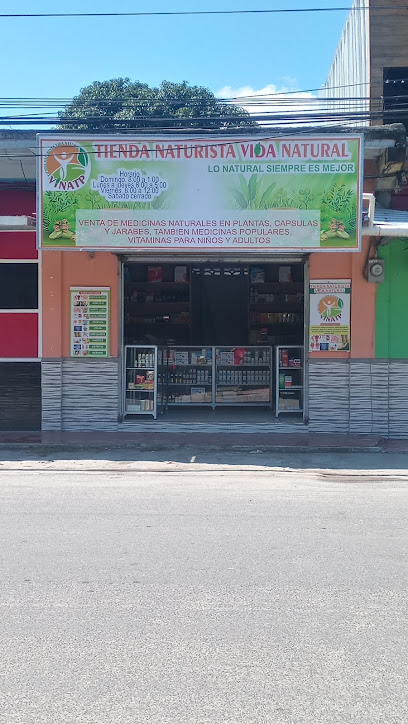
Pulpería San Martín 2
Explore authentic Honduran culture at Pulpería San Martín 2, a vibrant store in Tegucigalpita, offering local goods and traditional flavors.

Pulperia Flores
Discover the vibrant shopping and dining experiences at Pulperia Flores, the heart of local culture in Cortés, Honduras.

Three Details
Explore a delightful gift shop featuring unique handmade items, supporting local artisans, and perfect for finding memorable souvenirs.

Essential bars & hidden hideouts
Valentinitas Bar & Grill
Experience the vibrant flavors of Honduras at Valentinitas Bar & Grill, where every meal is a celebration of local culinary traditions.
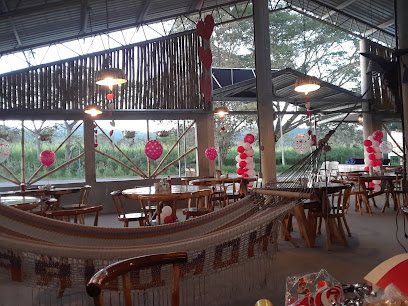
Angie's comida buffet
Experience the authentic flavors of Honduras at Angie's Comida Buffet, a vibrant grill restaurant in Puerto Cortés offering a delightful buffet.
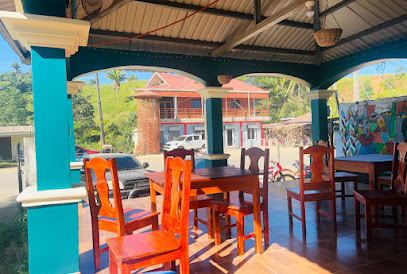
la terraza bar
Experience the vibrant local culture at La Terraza Bar, a cozy spot in Cofradía perfect for unwinding with drinks and good company.
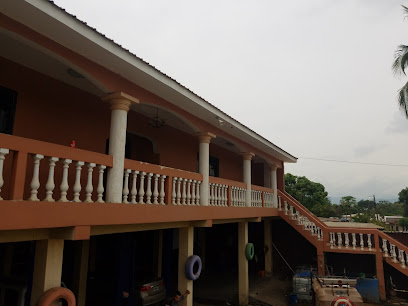
Jungla Pub
Discover the lively ambiance of Jungla Pub in San Pedro Sula, a perfect blend of craft brews, delicious eats, and vibrant nightlife.
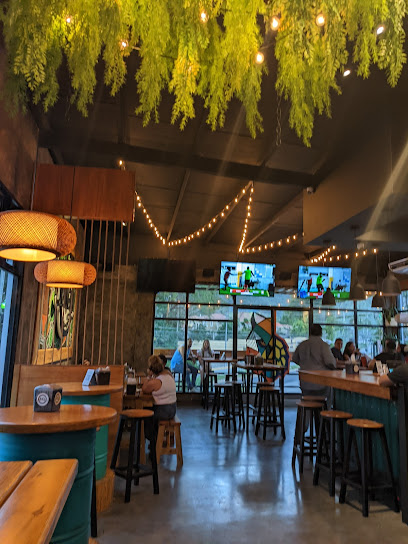
Karaoke Castillo
Experience the vibrant atmosphere of Karaoke Castillo in Naco, where music and fun unite for an unforgettable night out.
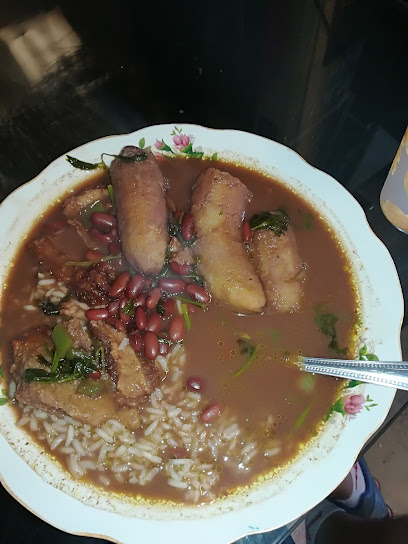
De Compas Bar
Discover the lively De Compas Bar in Cortés, where authentic drinks meet local music for an unforgettable night out.
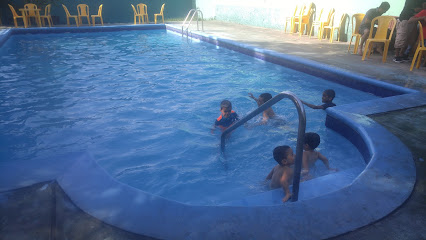
Billares Y Terraza Denis
Experience the vibrant nightlife of Cofradía at Billares Y Terraza Denis, where great drinks and billiards await you.

Joshua’s Barby Billar #2
Discover the authentic flavors of Honduras at Joshua’s Barby Billar #2, where grilling meets local culture in a vibrant setting.

KAVA Bar & Lounge
Discover the lively atmosphere and exceptional drinks at KAVA Bar & Lounge in San Pedro Sula, perfect for unwinding after a day of adventure.
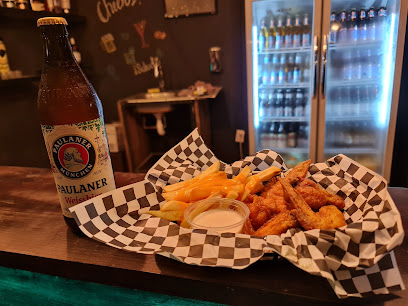
Billares La Catrina
Discover the lively nightlife of Billares La Catrina in Río Chiquito, Cortés, where local drinks and billiards create unforgettable experiences.

Bar Papamilo
Experience the vibrant culture of Chachahuala at Bar Papamilo, where refreshing drinks and a lively atmosphere await every traveler.
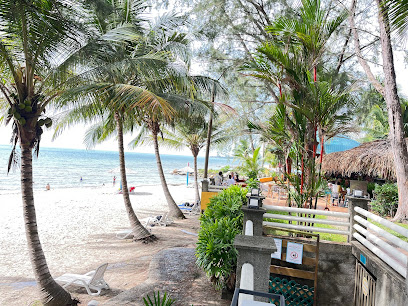
Oasis
Experience the vibrant nightlife of Cofradía at Oasis Bar, where refreshing drinks and a welcoming atmosphere await every visitor.

El bambú
Experience the vibrant atmosphere and local flavors at El Bambú, a premier bar in Pinalejo, Santa Bárbara, perfect for unwinding and socializing.

Plaza las Hadas
Discover the lively Plaza las Hadas, a vibrant bar in Tegucigalpita, Cortés, perfect for enjoying drinks and embracing local culture.

Kimberly
Discover the lively Kimberly Bar in Cuyamel, a vibrant spot to enjoy local drinks and immerse yourself in the energetic nightlife of Honduras.

Local Phrases about Cusuco National Park
-
- HelloHola
[oh-lah] - GoodbyeAdiós
[ah-dee-ohs] - YesSí
[see] - NoNo
[noh] - Please/You're welcomePor favor/De nada
[por fah-vor/deh nah-dah] - Thank youGracias
[grah-see-ahs] - Excuse me/SorryPerdón/Lo siento
[pehr-dohn/loh see-ehn-toh] - How are you?¿Cómo estás?
[koh-moh ehs-tahs] - Fine. And you?Bien. ¿Y tú?
[byehn. ee too] - Do you speak English?¿Hablas inglés?
[ah-blahs een-glehs] - I don't understandNo entiendo
[noh ehn-tee-ehn-doh]
- HelloHola
-
- I'd like to see the menu, pleaseMe gustaría ver el menú, por favor
[meh goos-tah-ree-ah behr ehl meh-noo, por fah-vor] - I don't eat meatNo como carne
[noh koh-moh kahr-neh] - Cheers!¡Salud!
[sah-lood] - I would like to pay, pleaseMe gustaría pagar, por favor
[meh goos-tah-ree-ah pah-gahr, por fah-vor]
- I'd like to see the menu, pleaseMe gustaría ver el menú, por favor
-
- Help!¡Ayuda!
[ah-yoo-dah] - Go away!¡Vete!
[veh-teh] - Call the Police!¡Llama a la policía!
[yah-mah ah lah poh-lee-see-ah] - Call a doctor!¡Llama a un médico!
[yah-mah ah oon meh-dee-koh] - I'm lostEstoy perdido
[ehs-toy pehr-dee-doh] - I'm illEstoy enfermo
[ehs-toy ehn-fehr-moh]
- Help!¡Ayuda!
-
- I'd like to buy...Me gustaría comprar...
[meh goos-tah-ree-ah kohm-prahr] - I'm just lookingSolo estoy mirando
[soh-loh ehs-toy mee-rahn-doh] - How much is it?¿Cuánto cuesta?
[kwan-toh kwehs-tah] - That's too expensiveEsto es demasiado caro
[ehs-toh ehs deh-mah-see-ah-doh kah-roh] - Can you lower the price?¿Puede bajar el precio?
[pweh-deh bah-har ehl pree-syoh]
- I'd like to buy...Me gustaría comprar...
-
- What time is it?¿Qué hora es?
[keh oh-rah ehs] - It's one o'clockEs la una
[ehs lah oo-nah] - Half past (10)Media (10)
[meh-dee-ah (dies)] - MorningMañana
[mah-nyah-nah] - AfternoonTarde
[tahr-deh] - EveningNoche
[noh-cheh] - YesterdayAyer
[ah-yehr] - TodayHoy
[oy] - TomorrowMañana
[mah-nyah-nah] - 1Uno
[oo-noh] - 2Dos
[dohs] - 3Tres
[trehs] - 4Cuatro
[kwah-troh] - 5Cinco
[seen-koh] - 6Seis
[says] - 7Siete
[see-eh-teh] - 8Ocho
[oh-choh] - 9Nueve
[nweh-veh] - 10Diez
[dyes]
- What time is it?¿Qué hora es?
-
- Where's a/the...?¿Dónde está el/la...?
[dohn-deh ehs-tah ehl/lah] - What's the address?¿Cuál es la dirección?
[kwal ehs lah dee-rehk-syohn] - Can you show me (on the map)?¿Puedes mostrarme (en el mapa)?
[pweh-dehs mohs-trar-meh (ehn ehl mah-pah)] - When's the next (bus)?¿Cuándo es el próximo (autobús)?
[kwan-doh ehs ehl proh-ksy-moh (ow-toh-boos)] - A ticket (to ....)Un boleto (para ....)
[oon boh-leh-toh (pah-rah)]
- Where's a/the...?¿Dónde está el/la...?
History of Cusuco National Park
-
Long before Cusuco National Park was designated a protected area, it was inhabited by indigenous peoples. The Lenca and Maya civilizations once thrived in this region, utilizing the diverse flora and fauna for their sustenance and cultural practices. Artefacts and remnants of their presence are occasionally uncovered, offering glimpses into a rich and ancient past.
-
The arrival of Spanish conquistadors in the 16th century marked significant changes for the region. The lush forests of what is now Cusuco National Park became a source of timber and other resources for the Spanish. The indigenous populations faced upheaval and displacement, fundamentally altering the human landscape of the area.
-
During the 20th century, much of the area encompassing Cusuco National Park was subject to extensive logging. Valuable hardwoods were extracted, leading to deforestation and habitat loss. The local economy was heavily dependent on these practices, which persisted until conservation efforts took hold.
-
In 1987, Cusuco National Park was officially established as a protected area. The Honduran government, recognizing the ecological importance and unique biodiversity of the region, took steps to preserve the remaining forests. This marked a shift from exploitation to conservation, with efforts to restore and protect the habitat.
-
Since its establishment, Cusuco National Park has been a focal point for biodiversity research. Numerous international and local organizations have conducted studies, revealing the park's rich array of species, including many that are endemic and endangered. Conservation programs have been implemented to protect critical habitats and promote sustainable practices among local communities.
-
The park holds cultural importance for the surrounding communities, many of whom have ancestral ties to the land. Traditional practices, folklore, and a deep connection to the natural world continue to shape the local culture. Efforts are ongoing to balance conservation with the needs and traditions of these communities, ensuring that their cultural heritage is respected and preserved.
Cusuco National Park Essentials
-
Cusuco National Park is located in the Merendón mountain range in western Honduras. The nearest major city is San Pedro Sula, which is approximately 40 kilometers away. To reach the park, you can fly into Ramón Villeda Morales International Airport in San Pedro Sula. From there, you can hire a taxi or rent a car to reach the park. The drive typically takes around 1.5 to 2 hours. Alternatively, you can take a bus from San Pedro Sula to the town of Cofradía, and then hire a local taxi to the park entrance.
-
Inside Cusuco National Park, transportation options are limited due to the rugged terrain. Most visitors explore the park on foot, taking advantage of its extensive network of trails. Guided tours are available and highly recommended, as local guides can provide valuable insights into the park's biodiversity and history. If you plan to explore the surrounding areas, renting a car in San Pedro Sula is a convenient option. Local taxis and buses are also available but may not be as reliable for reaching remote areas within the park.
-
The official currency in Honduras is the Honduran Lempira (HNL). While some larger establishments in San Pedro Sula may accept credit cards, it is advisable to carry cash, especially when traveling to rural areas like Cusuco National Park. ATMs are available in San Pedro Sula, but it is wise to withdraw sufficient cash before heading to the park. Small businesses and local vendors typically do not accept credit cards.
-
Cusuco National Park is generally safe for tourists, but it is important to take standard precautions. Avoid traveling alone, especially at night, and always stay on designated trails. While San Pedro Sula has areas with high crime rates, particularly in neighborhoods like Chamelecón and Rivera Hernández, the park itself is relatively secure. Always keep an eye on your belongings and avoid displaying valuable items. It is advisable to travel with a local guide for added safety and to enhance your experience.
-
In case of emergency, dial 911 for immediate assistance. The nearest medical facilities are located in San Pedro Sula, so it is recommended to have travel insurance that covers medical emergencies. For minor health issues, there are pharmacies in San Pedro Sula where you can purchase over-the-counter medications. If you find yourself in an emergency situation within the park, contact the park rangers or your tour guide for assistance.
-
Fashion: Do wear comfortable and durable clothing suitable for hiking and exploring rugged terrain. Avoid wearing flashy or expensive jewelry. Religion: Do respect local customs and traditions. Public Transport: Do be respectful and patient when using local transport services. Don't expect punctuality, as schedules can be flexible. Greetings: Do greet people with a friendly 'Hola' or 'Buenos días.' A handshake is also common. Eating & Drinking: Do try local dishes and beverages. Don't refuse food or drink offerings, as it is considered impolite. Always drink bottled or purified water to avoid waterborne illnesses.
-
To experience Cusuco National Park like a local, consider visiting during the dry season (November to April) for the best weather conditions. Engage with local guides, as they can offer unique insights into the park's flora and fauna. Don't miss the opportunity to visit the park's cloud forest, home to a variety of rare and endemic species. For a truly immersive experience, participate in a bird-watching tour or a night hike to observe nocturnal wildlife. Also, visit local communities around the park to learn about their way of life and traditional practices.
Nearby Cities to Cusuco National Park
-
Things To Do in Puerto Barrios
-
Things To Do in Puerto Cortés
-
Things To Do in Livingston
-
Things To Do in Rio Dulce
-
Things To Do in Punta Gorda
-
Things To Do in Santa Rosa de Copán
-
Things To Do in Placencia
-
Things To Do in Gracias
-
Things To Do in Copán Ruinas
-
Things To Do in Hopkins
-
Things To Do in Dangriga
-
Things To Do in Utila
-
Things To Do in La Ceiba
-
Things To Do in Suchitoto
-
Things To Do in San Ignacio

